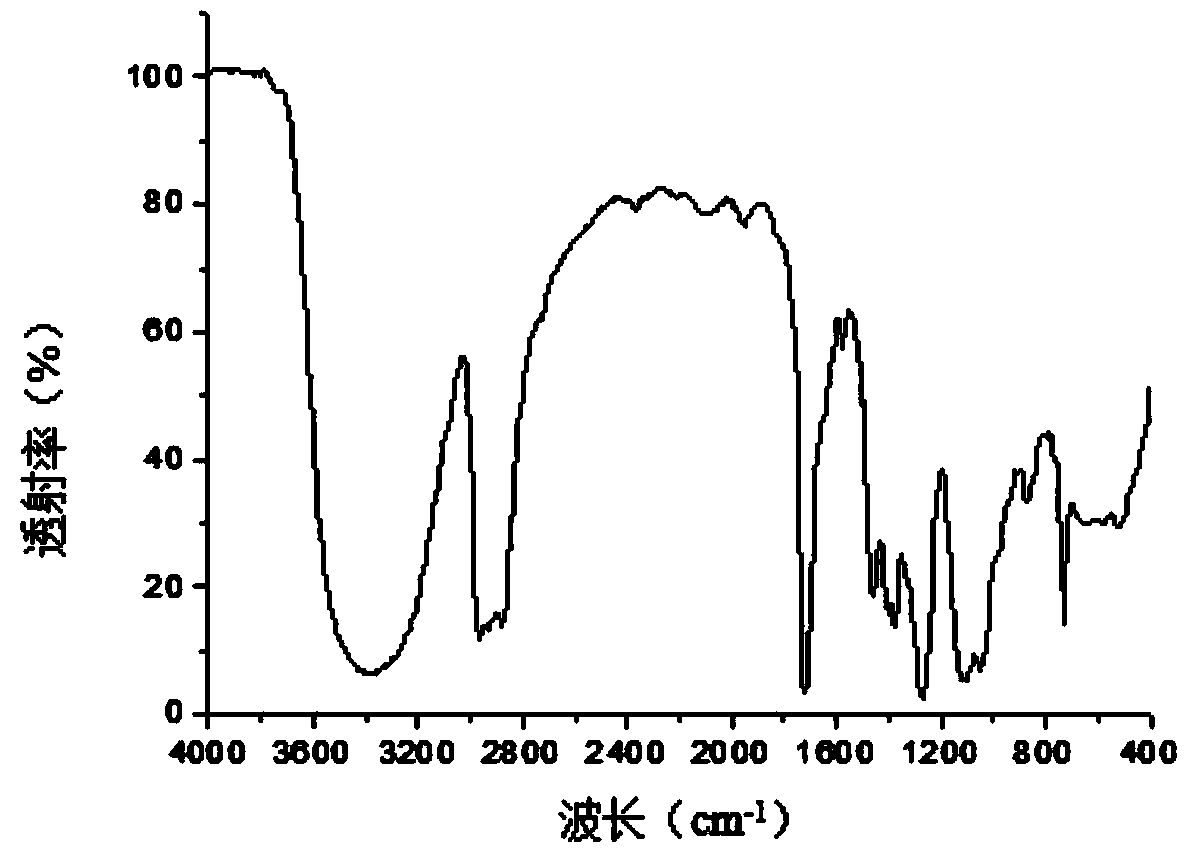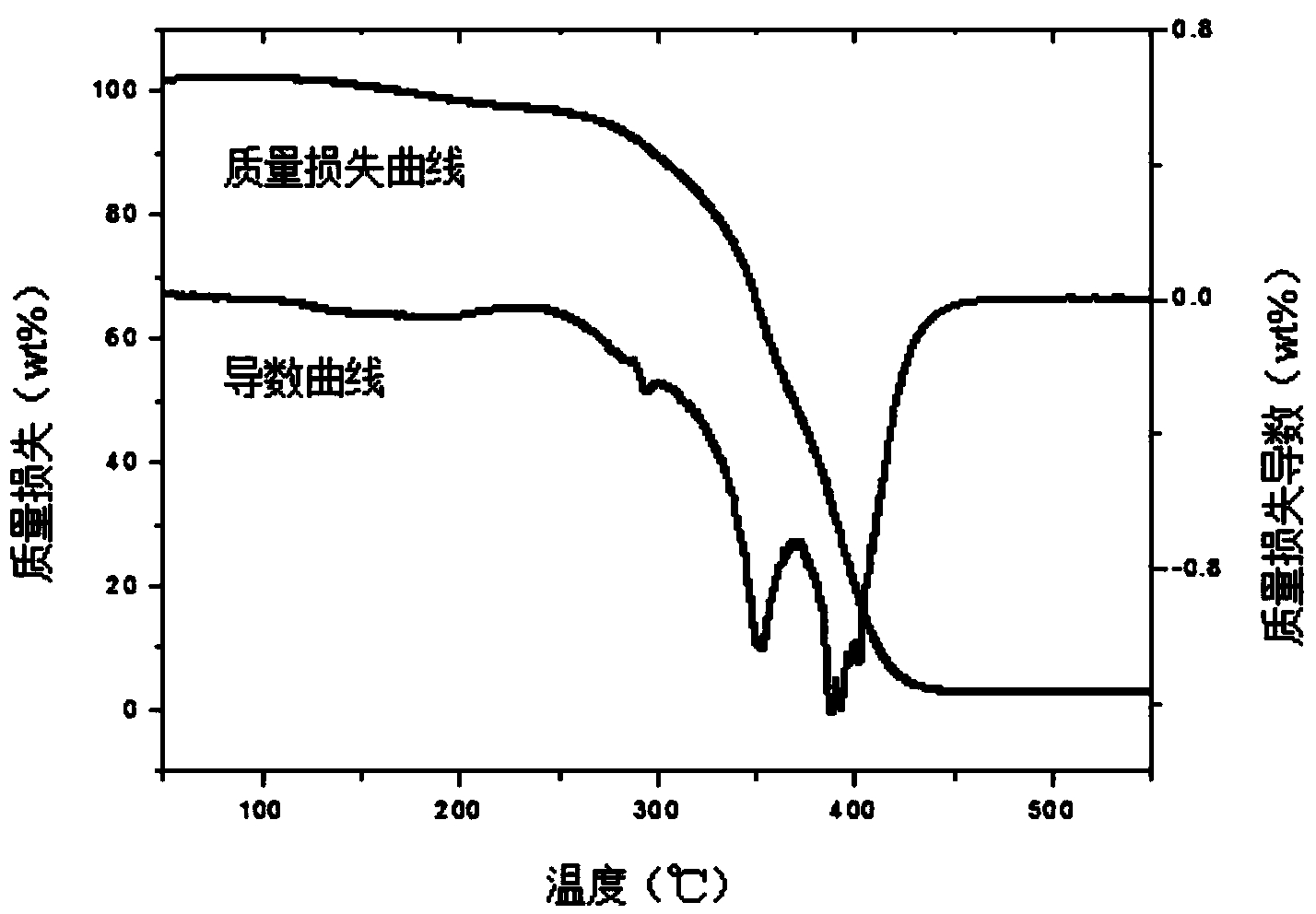Method for synthetizing aqueous polyurethane emulsion from package waste PET bottles
A water-based polyurethane and emulsion technology, applied in the direction of plastic recycling and recycling technology, can solve problems such as environmental pollution, and achieve the effect of environmental friendliness and simple process
- Summary
- Abstract
- Description
- Claims
- Application Information
AI Technical Summary
Problems solved by technology
Method used
Image
Examples
Embodiment 1
[0045] Step 1, the preparation of waste PET alcoholyzate
[0046] a. Cut the recovered waste PET bottles into 5mm×5mm slices, place them in a beaker, pour distilled water into the beaker and stir with a glass rod, put the beaker into an ultrasonic cleaner for 20 minutes, and then clean the beaker Pour out the discarded PET flakes, filter them with an 80-mesh mesh sieve, and remove the water; repeat the above process three times, and finally put the waste PET flakes in an 80-mesh mesh sieve to dry, air-dry naturally in the air for 3 hours, and then put them in the Dry in a vacuum oven with a vacuum degree of 0.05MPa and a temperature of 60°C for 5 hours;
[0047] b. Take 35 parts of discarded PET bottles, 28 parts of neopentyl glycol, 38 parts of dipropylene glycol, and 3 parts of n-butyl titanate in parts by weight;
[0048] c. Put waste PET flakes together with neopentyl glycol and dipropylene glycol into a three-necked flask connected with a stirring device, stir in an oil ...
PUM
 Login to View More
Login to View More Abstract
Description
Claims
Application Information
 Login to View More
Login to View More - R&D
- Intellectual Property
- Life Sciences
- Materials
- Tech Scout
- Unparalleled Data Quality
- Higher Quality Content
- 60% Fewer Hallucinations
Browse by: Latest US Patents, China's latest patents, Technical Efficacy Thesaurus, Application Domain, Technology Topic, Popular Technical Reports.
© 2025 PatSnap. All rights reserved.Legal|Privacy policy|Modern Slavery Act Transparency Statement|Sitemap|About US| Contact US: help@patsnap.com



